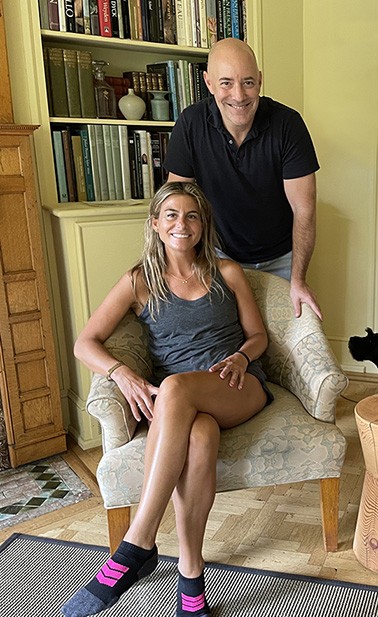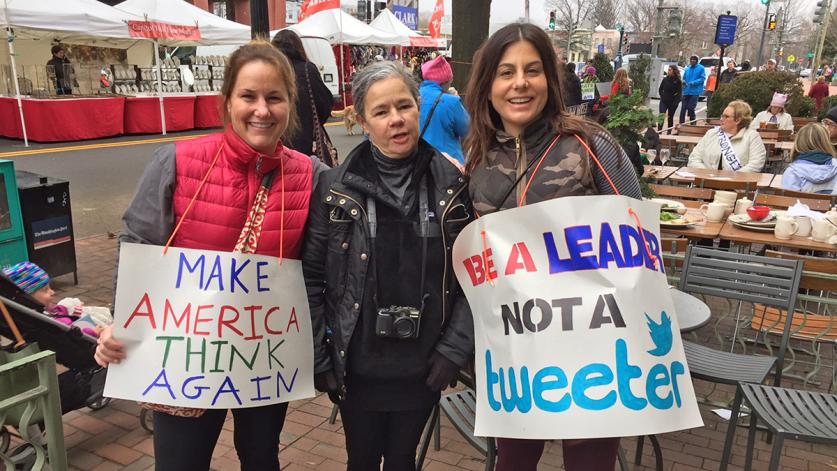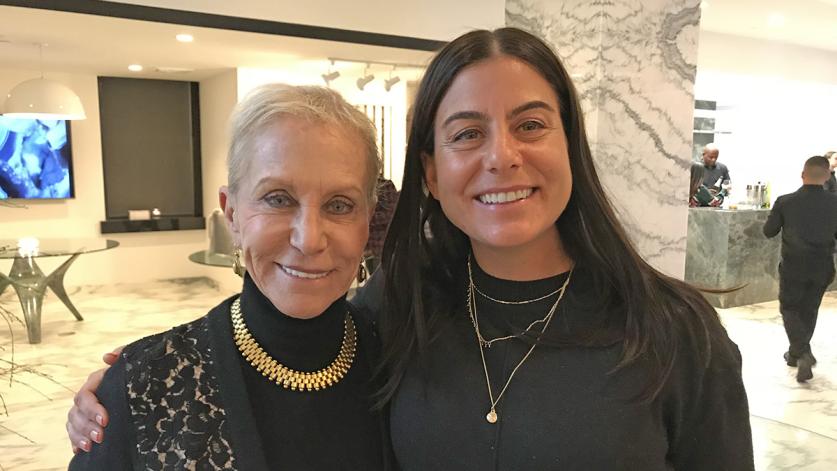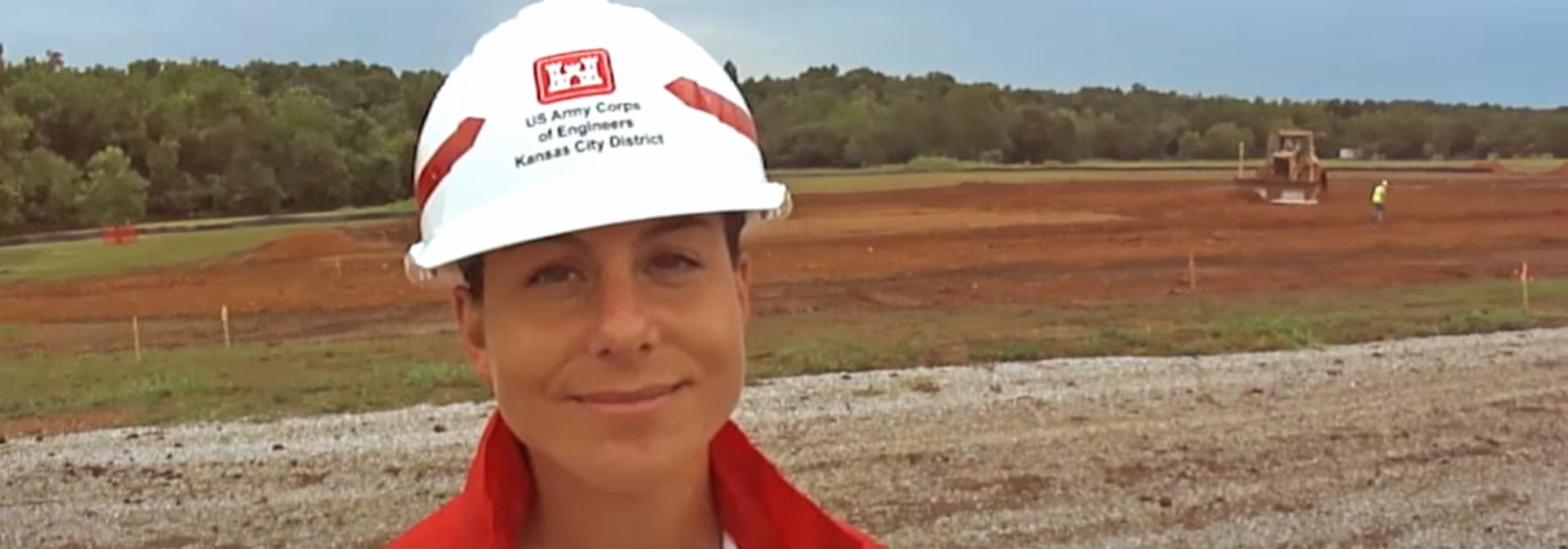Remembering Heather Morgan

Principled, passionate, fearless.
These words describe Cornelia Oberlander, an international icon who passed away on May 22, 2021, at age 99; she was a remarkable professional and an irreplaceable role model. But the very same words describe Heather Morgan who passed away from cancer of the appendix less than two weeks ago on December 2, at age 44. Her star was ascendant, and I believe she, too, would have been an international icon.
I first met Heather in 1999 when she was an intern working for Amanda Barton, then landscape architect for the City of Charleston, South Carolina. It was immediately clear to Amanda and me that Heather was a force of nature – laser focused on her professional quest, always eager to learn, whip smart, inexhaustible and deeply empathetic. From that day forward she always awed and inspired me.
I have years of emails, text messages and other correspondence with Heather, but I wish to share some things she wrote in earlier this year, while battling stage four cancer, as she was looking to the future:
“When I first started in the field of landscape architecture, my focus was on ethnographic landscapes of the southeast and public parks. I was immersed in researching Gullah-Geechee (descendants of western Africa) culture of the southeast’s barrier islands and prehistoric to Mississippian period Native American settlement patterns. When assigned to projects, I would go through a historical research process that taught me to see how layers of inhabitation create what we see at the surface on sites today. Overtime, I realized that inhabitation patterns were like palimpsest layers, some undocumented, some documented, and some lost in forms of disasters or calamity or discarded from biased written history. I learned that even though the tangible aspects of an occupation may not be visible or still in situ, the lives and history still survive as a cultural midden. I learned it was important to acknowledge all the layers, rather than focusing on what the National Register of Historic places refers to as ‘a period of significance.’ I learned how the Gullah-Geechee and Native American’s view of water and the natural system, was very different from where I grew up in industrial western Pennsylvania and the suburbanization of Atlanta.”
Following her time with Barton and receiving a BA in landscape architecture from the University of Georgia, Heather was a project manager at Design Workshop in Ashville, North Carolina (2004-05). However, over time, she said, “I transitioned from landscape architecture to a Master’s in landscape archaeology [University of Bristol, UK, 2005-07], so that I could understand large-scale anthropomorphic patterns better and learn when our human relationship transitioned from living with water, into a more consumptive and combative relationship.”
In 2009 Heather went to the U.S. Army Corps of Engineers (USACE), first at its headquarters in Washington, D.C. and then in New York, in large part due to its responsibility “for the largest anthropogenic alterations in the U.S. Alterations that permanently changed the ecosystems and water systems, impacting riverine and coastal culture and history.” Heather wanted to learn why USACE designed and built what it did and she “wanted to learn the value system that started off as ‘flood control’ infrastructure and is now flood risk management.’” She “wanted to learn how the agency is authorized, funded, and appropriated … [and] to understand the federal system that dammed and leveed rivers, dredged out deep draft navigation channels and inland navigation, armored shorelines with jetties, groins fields, and breakwaters.”

Soon after she began her time at USACE, Heather was interviewed for a Landscape Architecture Magazine article about practitioners under 40. In a note to me afterwards she wrote: “I don't think people understand how hard the system is in here. I explained to [the interviewer] that I am trying to change the cultural identity of an agency, inch by inch, and built work is not the way it has become tangible. Yet.” The remark was emblematic of her ambition and frustration, and how she constantly demanded more from herself and others. She ultimately became National Sustainability Program Manager (2016-17), by which point she had spent some fifteen years working in the fields of landscape architecture, water resources, risk landscapes, land planning, and landscape archaeology.
“Throughout my career, I have sought out information that has been stretched across many other disciplines and job positions. The act of collecting information compositely was an earned skill unto itself, due to some disciplines having different collaboration, learning, and communication styles. I sought out project typologies from cultural landscape reports to reservoir sustainability. I learned extensive information from all kinds of engineers, archaeologists, geomorphologists, biologists, and ecologists. To acquire an informed system level understanding of these alterations and the impacts to our social and natural systems, my career became very curvilinear and diverse. As I pushed through barriers due to aspects of being a landscape architect and a woman, in a military and civilian engineering agency created under George Washington, I also had to pull what I learned into a composite format. I had to morph it into a ‘transdisciplinary’ format.
“Transdisciplinary in Latin means ‘across, over and beyond.’ It’s defined as the emergence of a new discipline transcending the boundaries of disciplinary perspective. A transdisciplinary team relates all disciplines into a coherent whole (McGregor, 2004), based on interdisciplinary collaborations that create new knowledge synthesized from existing disciplines. A collective response to climate change requires this kind of approach.”

When she left USACE for the private sector, at AECOM, she said: “I will be forever grateful for what I learned from the people and the projects . . . I am a better person and more informed for what the agency taught me, but I want to take what I know now and modify as many USACE structures as possible.”
At AECOM, Heather was Sustainability and Risk Management Lead for the New York Region (2017-2021), and then Director of Climate Risk Adaptation. But as she wrote earlier this year, she aspired to do more:
I would like to circle back to the indigenous cultures that have been impacted so severely by anthropogenic alterations, to help heal the ecology, the landscapes, water, and social injustice. I would like to take the value system nested in the foundations of indigenous culture and ecosystems, and robustly introduce restoration where sustainable, nature - based solutions, and make ‘room for the river’ again. I would like to talk seriously about dam removals, fish passage failings, and fish hatcheries. I would like to naturalize hardened shorelines, remove dams, pull back levees systems, tear down flood walls, face the sediment and erosions issues of water systems, and restore. I would like to look at every landscape architect, archaeologist, ecologist, and biologist, and share with them what I eventually drafted at Headquarters USACE after seven years of seeing the damage of dams, reservoirs, levees, deep draft navigation channels and hardened shorelines. That the ‘health of the natural system is of national security concern’ and that we must redirect, redesign, and even remove this infrastructure heritage.
Lastly, I also want to give through the medium of mentoring and education, for all the incredible time, knowledge, mentoring, teaching, and developing that priceless people gave and shared with me. I want to widen the aperture on the range of services that landscape architecture can provide and I want to help vulnerable communities migrate ‘not retreat’ to safe and more sustainable ground.”
Six weeks before her death Heather participated remotely in the Courageous by Design symposium about climate change; her commanding presentation was a riveting call to action to those in the room. She was, as always, leading the charge with an audience breathless in her wake. Her death is a deep and grievous loss because of the extraordinary person she was, her exceptional professional accomplishments and the vast potential she held.
Heather was my hero.



